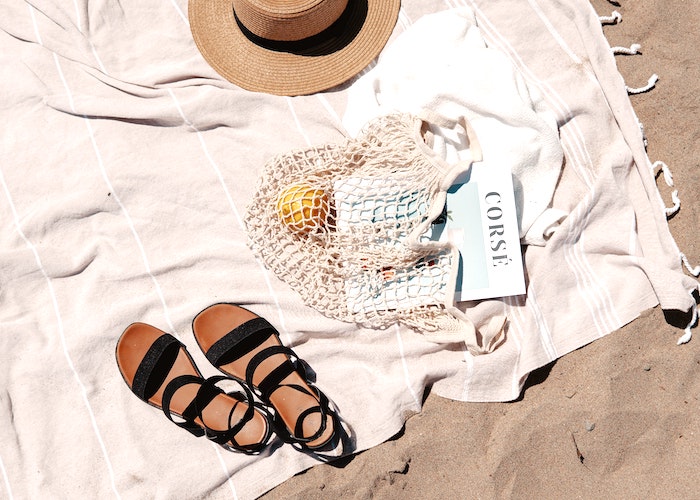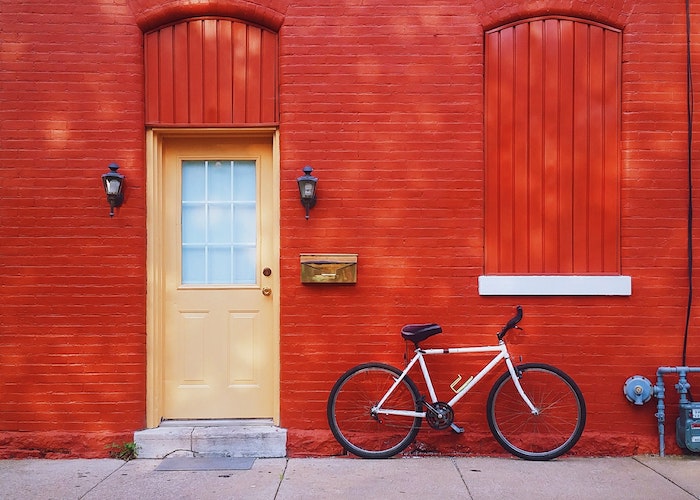How To Stop Yourself From Spending The Money In Your Savings Account

Saving is the key to basically every big money goal you and I have in our lives, friends. But if it’s ever going to help us buy a car, or a house, or take a grand vacation? We need to avoid spending our savings on other things, first.
I know, it seems like the most basic of all basic money concepts. If you spend the money you have in savings, it’s not in your savings anymore — duh. But avoiding spending your savings is sometimes easier said than done.
Trust me, I speak from personal experience. When I first started saving my emergency fund, it quickly became my everything-fund, because I never defined why an emergency fund mattered to me. Don’t even get me started on my poorly-defined retirement savings in my early twenties, half of which came right back out of my TFSA (tax-free savings account, for you non-Canadians) when it was time to buy Little Car. I’ve learned my fair share of expensive lessons from spending my savings, but since then, I’ve managed to put away money for a whole bunch of important goals, and have yet to touch a single dime of it for anything other than its intended purpose.
Here are the three things that helped me make that change.
1. Know why you’re saving the money.
My biggest rookie mistake when I started saving was not having a clearly defined reason behind why I was saving. The best answer I could have given you for both my emergency fund and my retirement accounts — a TFSA and an RRSP (Registered Retirement Savings Plan) — was “It’s what you’re supposed to do when you’re an adult.”
Which sure, is true, I guess, but it turns out it’s also a horrifyingly unconvincing reason not to raid those accounts when you need cash for something. Or want cash for something.
Now, each of my accounts has a separate, clear reason for existing, tied to goals that really matter to me — like making sure my dog has a fully-funded emergency fund, because the stress of an unexpected vet visit is bad enough without worrying about how I’m going to pay for it. I’ve even nicknamed my accounts, so I know that this one is The Dog’s emergency fund, not just account 002239485*.
*not my real account number, but good try.
2. Make your savings hard to access.
I have two accounts that would be primo candidates for funding a shopping spree: my emergency fund and my house down payment fund. That said, they’re also the two accounts that I hope to need access to the least. I should only be using the emergency fund in the case of a real emergency, and even then, I have enough room on my credit card to carry an expense for a few days until I can access the funds.
And my house down payment will hopefully be used all at once someday, when it eventually grows to the size of down payment I want to put down on a house. So as those two accounts grow and become more and more tempting, I decided to put them out of sight and out of mind. I literally moved them to another bank.
When EQ Bank showed up with their killer interest rate offers (that, although down from their peak of 3%, are still pretty enticing at 2.25%), I decided that since I didn’t need easy access to my two biggest savings accounts anyways, I’d move them over to EQ Bank to earn a few dollars more interest every month. (Right now I’m clocking about $22 (S16.36 USD) in interest every month, which is pretty fun.) As a bonus, it made those accounts just enough of a hassle to access that I never even think to look at them. Since I’m not raiding them on a regular basis, they can sit there and do their thing, waiting for the day when I do need them.
3. Have spendable savings, too
Even if your savings are earmarked for something really important to you, and you’ve stashed them somewhere pretty inaccessible, there still might come a time when damn, you actually do need the money. That’s where your spendable savings comes in, like the superhero it is. I know that adding a separate savings goal, when it can easily feel like you’re drowning in competing priorities, might sound impossible. But hear me out.
You’ll have a way easier time of not spending your savings if you have a stash of cash that you’re actually allowed to spend. For me, it’s my vacation-and-gifts savings account. While, yes, it’s intended to cover my big vacation expenses, and the occasional big gift to spoil a loved one, it’s also an account that I can raid if and when I need to. If times are tough, I can always cut back on my vacation-ing and gift-giving, and use that money elsewhere.
Or, if I’m the one who really needs the occasional big gift, I can probably make that work, too. This account is my first line of defense against tapping into my emergency fund, or my house down payment fund, or my dog’s emergency fund, if I need some extra money. Even if you can only swing $50 a month to start up your spendable savings account — or less! — it’s one of the best moves you can make to ensure the long-term health of your other savings goals.
So if you find that money comes out of your savings accounts as quickly as it goes in…
- Make sure that what you’re saving for really matters to you
- Stash your money in a slightly less accessible place
- Start up a spendable-savings account to insulate your other savings goals
Presto manifesto, you’re a saver. Or something like that, anyways.
How have you managed to overcome the spending-your-savings habits? I’d love to hear of any additional tips or tricks you’ve found that work for you!
Desirae blogs about money at Half Banked, and spends altogether too much time onTwitter. She takes “money nerd,” “no chill” and “crazy dog lady” as compliments.
Image via Unsplash




